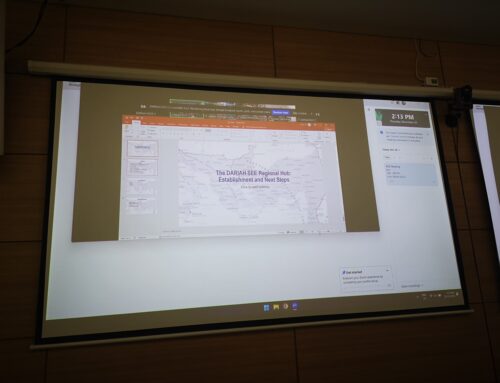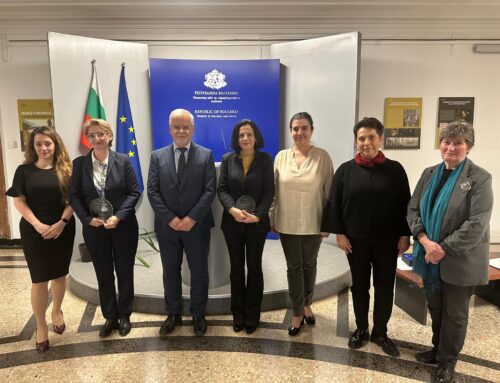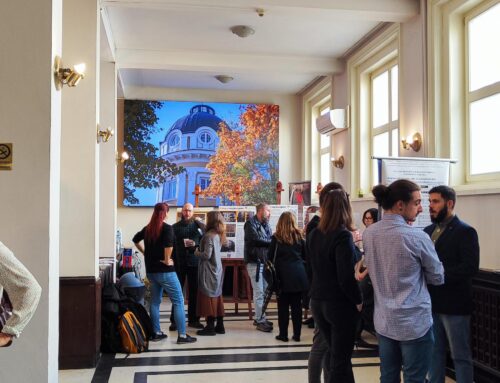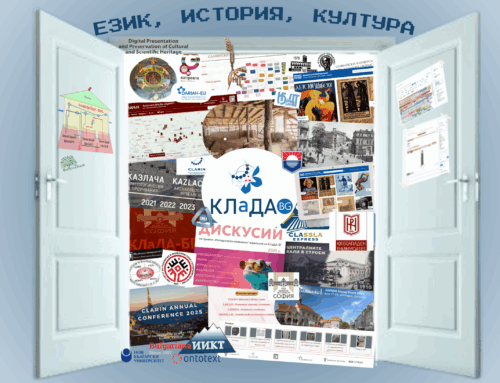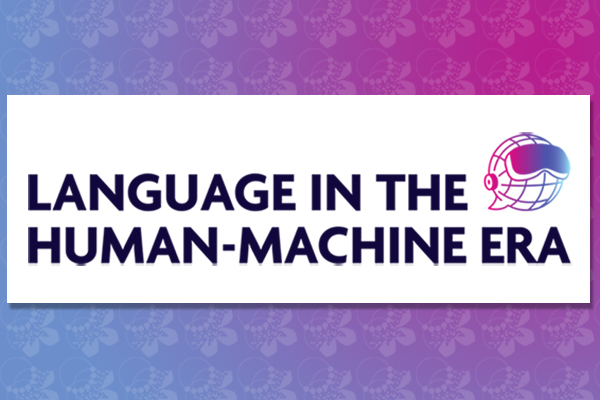
Press Release from the Research Network “Language in the Human-Machine Era (LITHME)”
Language in the Human-Machine Era: How Will New Technologies Transform Our Communication?
We are on the brink of the human-machine era: a time when technology will move beyond mobile devices and integrate directly with our senses. Hardware will move from our hands to our eyes and ears.
Given the rapid pace of current technological advancements, two key changes in human communication can be anticipated: speaking through technology and speaking to technology. With the help of smart glasses and special headphones, another person’s words could be translated as if you were communicating in your own language. This new technology will not only mediate what we see, hear, and say in real time, but it will also be capable of engaging in increasingly complex conversations with us.
The newly established research network Language in the Human-Machine Era (LITHME) – https://lithme.eu/, which brings together scholars from 52 countries, is already investigating how such technological advances could transform our everyday communication, and ultimately influence language itself. The four-year project started in October 2020 and includes members from every EU country, as well as representatives from 25 countries across various continents. The initiative is funded by the European Cooperation in Science and Technology (COST) and aims to bring together linguistic and technological expertise in the field. The network has published its first report, offering forward-looking insights into the future of language technologies and their impact on natural language. It is in English and can be accessed via the following link: https://jyx.jyu.fi/handle/123456789/75737
The Bulgarian representatives include Prof. Dr. Petya Osenova from IICT-BAS and Assoc. Prof. Dr. Maria Stambolieva from NBU.
“LITHME is a future-oriented network. It is about new technologies that will transform how we use language, how we speak to one another, how we access information, and how we interact with computers,” said Dave Sayers, Chair of the network from the University of Jyväskylä, Finland.
“We will be talking to chatbots and realistic characters in next-generation virtual reality. They will be far more intelligent than today’s chatbots, and ready for complex conversations – helping us reflect on problems, discuss plans, offer comfort after setbacks, and celebrate successes,” Sayers says, adding: “All of this will have profound consequences for language.”
He further explained that portable devices will increasingly play a role in our communication. We will be able to receive visual information through small lenses directly in front of our eyes, eliminating the need to look at mobile screens. Special smart headphones will provide auditory access to key information, such as travel directions or automatic translation of speech from people speaking other languages.
But what impact will these changes in communication have on how people identify with particular languages or engage in discussions? How will they affect the way we learn languages and translate texts or the way legal laws are drafted and interpreted? Could language structure itself evolve if we become overly reliant on technology? And in the long term, could the development of brain-machine interfaces supplement or even replace language altogether? These are just some of the questions raised by LITHME.
The project consists of eight working groups, each responsible for a different area of language research:
- “Computational Linguistics”
- “Language and Law”
- “Language Diversity, Vitality, and Endangerment”
- “Language Learning and Teaching”
- “Ideologies, Beliefs, Attitudes”
- “Language Work, Language Professionals”
- “Language Variation”
Sayers highlights as a key concern the fact that new technologies are developing at different pace for different languages, and progress is expected to be faster for major world languages like English or Chinese. However, these innovations raise challenges that we must face together.

